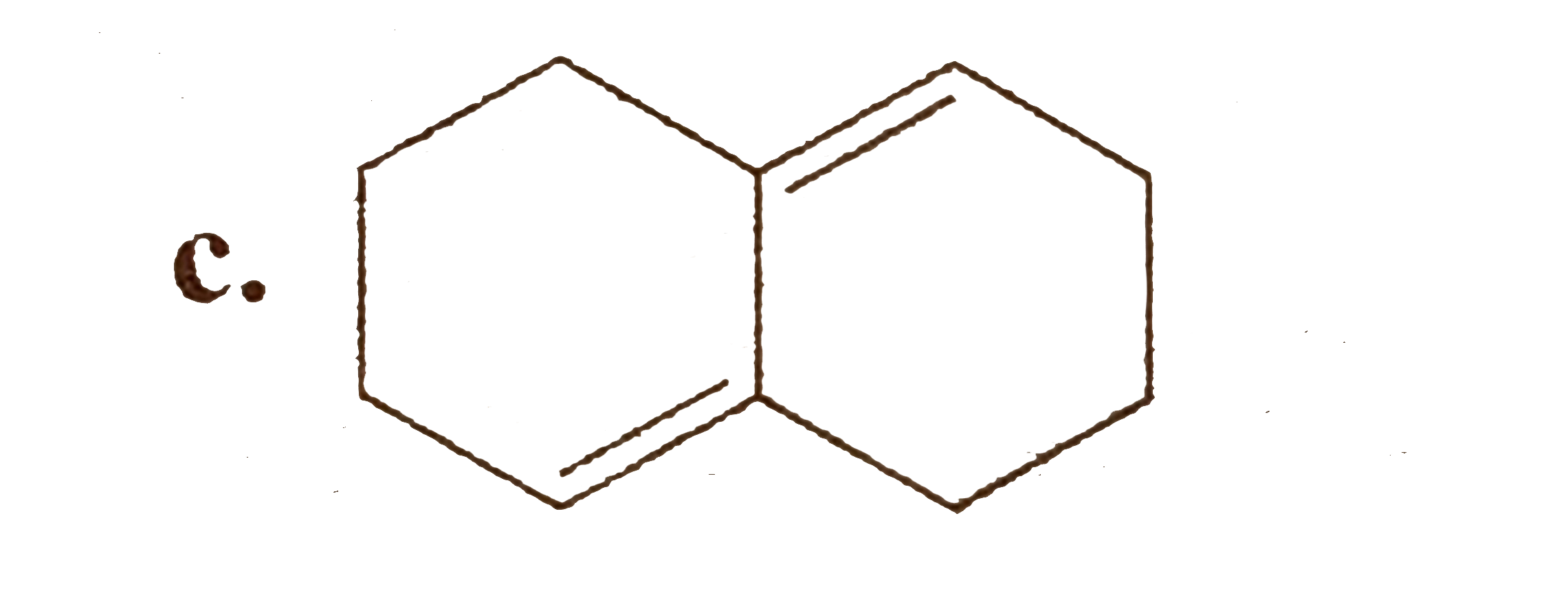Predict the modes of occurrence of the following three types of metals :
(a) Highly reactive (e.g Na)
(b) Moderately reactive (e.g Fe)
( c) Noble metal (e.g Au).
To predict the modes of occurrence of the three types of metals: highly reactive (e.g., Na), moderately reactive (e.g., Fe), and noble metal (e.g., Au), we can analyze each type based on their reactivity and natural forms.
1. Highly Reactive Metals (e.g., Na):
- Highly reactive metals, such as sodium (Na), do not exist in their free state due to their high reactivity.
- They primarily occur in a combined state, often as salts or minerals.
- Common occurrences include:
- Sodium chloride (NaCl), which is found in oceans and salt deposits.
- Sodium nitrate (NaNO3), also known as Chile saltpeter.
- Sodium carbonate (Na2CO3) and other borates like borax (Na2B4O7·10H2O).
2. Moderately Reactive Metals (e.g., Fe):
- Moderately reactive metals, such as iron (Fe), also do not exist in their free state but are less reactive than highly reactive metals.
- They typically occur in combined states, primarily as oxides and sulfides.
- Common occurrences include:
- Iron(II,III) oxide (Fe3O4) and iron(III) oxide (Fe2O3).
- Iron pyrite (FeS2), which is a common sulfide.
- Chalcopyrite (CuFeS2), which is a copper iron sulfide.
3. Noble Metals (e.g., Au):
- Noble metals, such as gold (Au), are characterized by their low reactivity and resistance to corrosion.
- They often exist in their free state in nature due to their inertness.
- Common occurrences include:
- Gold nuggets and flakes found in rivers and streams.
- Gold deposits in rocks and ores, often in a native form.
Summary of Occurrences:
- Highly Reactive Metals: Occur in combined states, e.g., NaCl, NaNO3.
- Moderately Reactive Metals: Occur in combined states, e.g., Fe3O4, FeS2.
- Noble Metals: Exist in free states, e.g., Au in its native form.
- Highly reactive metals, such as sodium (Na), do not exist in their free state due to their high reactivity.
- They primarily occur in a combined state, often as salts or minerals.
- Common occurrences include:
- Sodium chloride (NaCl), which is found in oceans and salt deposits.
- Sodium nitrate (NaNO3), also known as Chile saltpeter.
- Sodium carbonate (Na2CO3) and other borates like borax (Na2B4O7·10H2O).
- Moderately reactive metals, such as iron (Fe), also do not exist in their free state but are less reactive than highly reactive metals.
- They typically occur in combined states, primarily as oxides and sulfides.
- Common occurrences include:
- Iron(II,III) oxide (Fe3O4) and iron(III) oxide (Fe2O3).
- Iron pyrite (FeS2), which is a common sulfide.
- Chalcopyrite (CuFeS2), which is a copper iron sulfide.
- Noble metals, such as gold (Au), are characterized by their low reactivity and resistance to corrosion.
- They often exist in their free state in nature due to their inertness.
- Common occurrences include:
- Gold nuggets and flakes found in rivers and streams.
- Gold deposits in rocks and ores, often in a native form.
- Highly Reactive Metals: Occur in combined states, e.g., NaCl, NaNO3.
- Moderately Reactive Metals: Occur in combined states, e.g., Fe3O4, FeS2.
- Noble Metals: Exist in free states, e.g., Au in its native form.
Topper's Solved these Questions
- GENERAL PRINCIPLES AND PROCESS OF ISOLATION OF ELEMENTSBook:CENGAGE CHEMISTRY ENGLISHChapter:GENERAL PRINCIPLES AND PROCESS OF ISOLATION OF ELEMENTSExercise:Exs 1.1 (Objective)
Explore 14 Videos
- GENERAL PRINCIPLES AND PROCESS OF ISOLATION OF ELEMENTSBook:CENGAGE CHEMISTRY ENGLISHChapter:GENERAL PRINCIPLES AND PROCESS OF ISOLATION OF ELEMENTSExercise:Exs 1.1 (True Orfalse Statement)
Explore 19 Videos
- GENERAL PRINCIPLES AND PROCESS OF ISOLATION OF ELEMENTSBook:CENGAGE CHEMISTRY ENGLISHChapter:GENERAL PRINCIPLES AND PROCESS OF ISOLATION OF ELEMENTSExercise:Solved Example
Explore 25 Videos
- ELECTROCHEMISTRYBook:CENGAGE CHEMISTRY ENGLISHChapter:ELECTROCHEMISTRYExercise:Archieves Subjective
Explore 35 Videos
- GRIGNARD REAGENTS AND ORGANOMETALLIC REAGENTSBook:CENGAGE CHEMISTRY ENGLISHChapter:GRIGNARD REAGENTS AND ORGANOMETALLIC REAGENTSExercise:Exercises Archives (Linked Comprehension)
Explore 1 Video
Similar Questions
Predict the modes of occurrence of the following three types of metals:
(i) Highly reactive (e.g., Na)
(ii) Moderately reactive (e.g., Fe)
(iii) Noble metal (e.g., Au)
View SolutionMention two uses of the following metals and non-metals :
(a) Iron
(b) Aluminium
(c) Gold
(d) Oxygen
(e) Iodine
View SolutionIdentify, the elements with the following property and arrange them in increasing order of their reactivity.
(a) An element which is a soft and reactive metal.
(b) The metal which is an important constituent of limestone
(c) The metal which exists in liquid state at room temperature.
View SolutionWhich of the following alkali metals has the biggest tendency of the half reaction M(g)→M+(aq)+e−
View SolutionIn the stages involved in the extraction of metals in general - give reasons for following
Oxide or halides of highly electropositive metals e.g. K, Na, Ca, Al are reduced to metals by electrolysis and not by reduction with coke.
View SolutionWhich metal will readily reacts with Cold water?
a. Na
b. Mg
c. Au
d. Fe
View SolutionThe position of elements A,B,C,D and E in the periodic table are shown below :

State which is the most reactive (i) metal (ii) non metal .
View SolutionGiving appropriate examples (at least three), explain how the reactivity of a metal is related to its mode of occurrence in nature.
View SolutionExplain why neither of the following compounds undergoes Diels − Alder reaction with dienophile (e.g. maleic anhydride).
a. HC≡C−C≡CH
b.
c.
View SolutionA given solid can belong to one of the four crystal types, i.e., ionic, molecular, covalent and metallic. Indicate the crystal type of the following :
(a) Diamond
(b) Sodium chloride
(c ) Ice
(d) Copper
(e ) Boron nitride
(f) Zinc oxide
(g) Paraffin wax
View Solution
